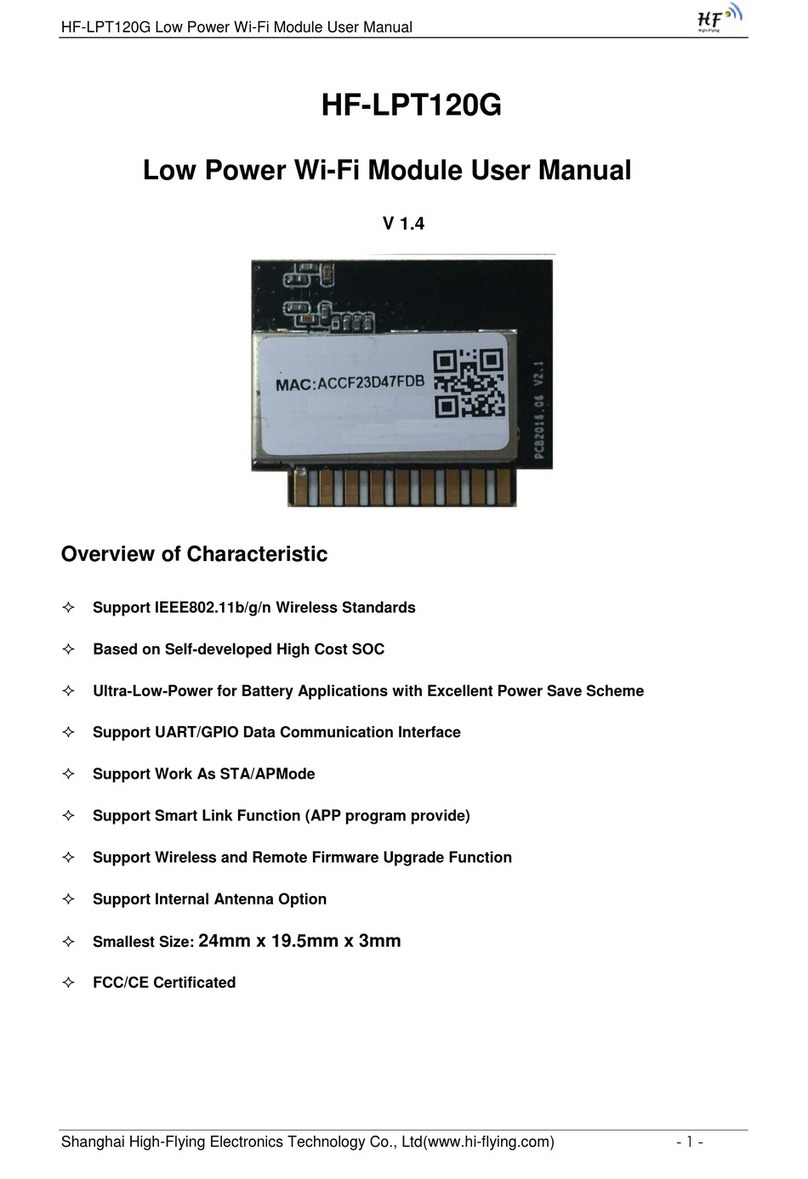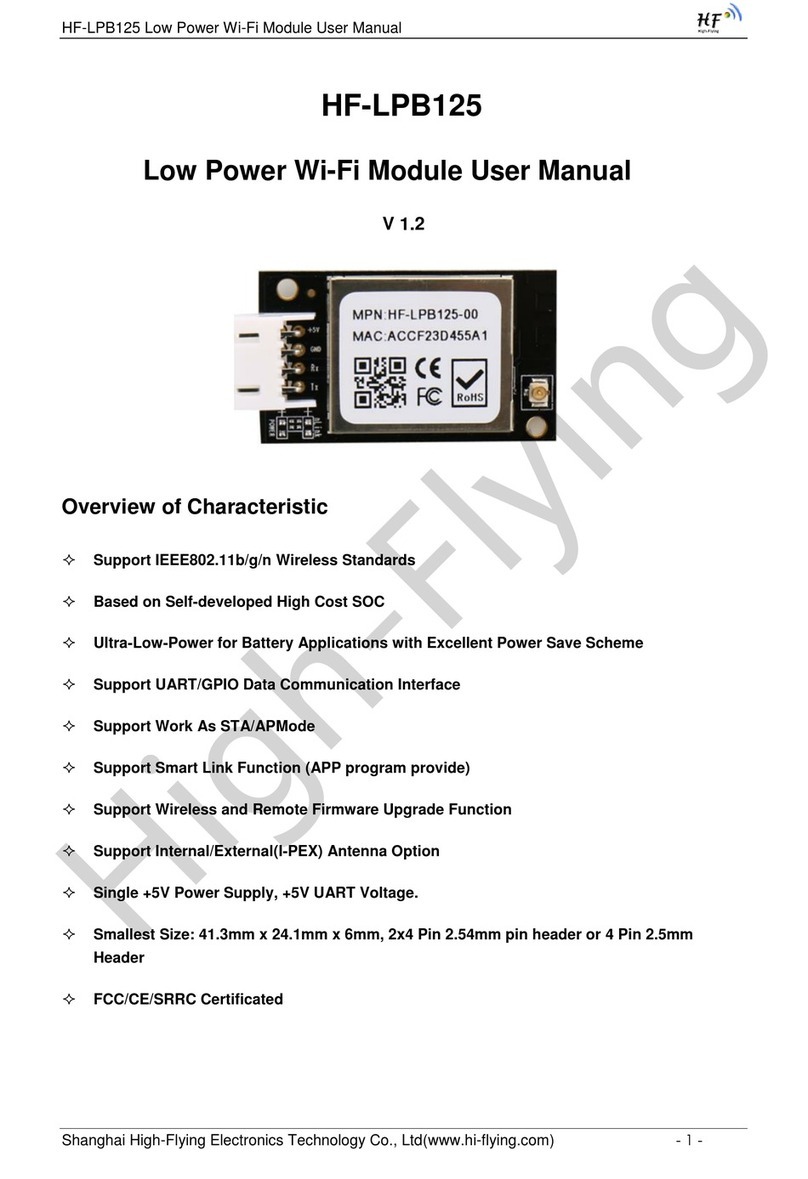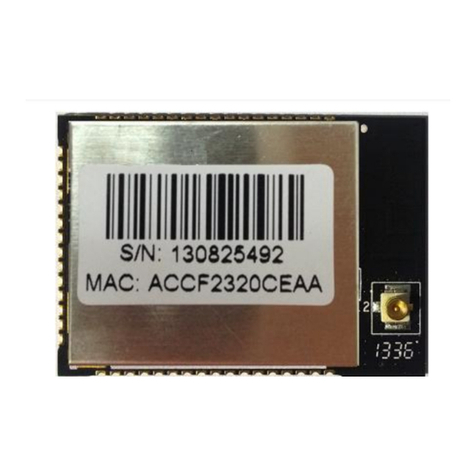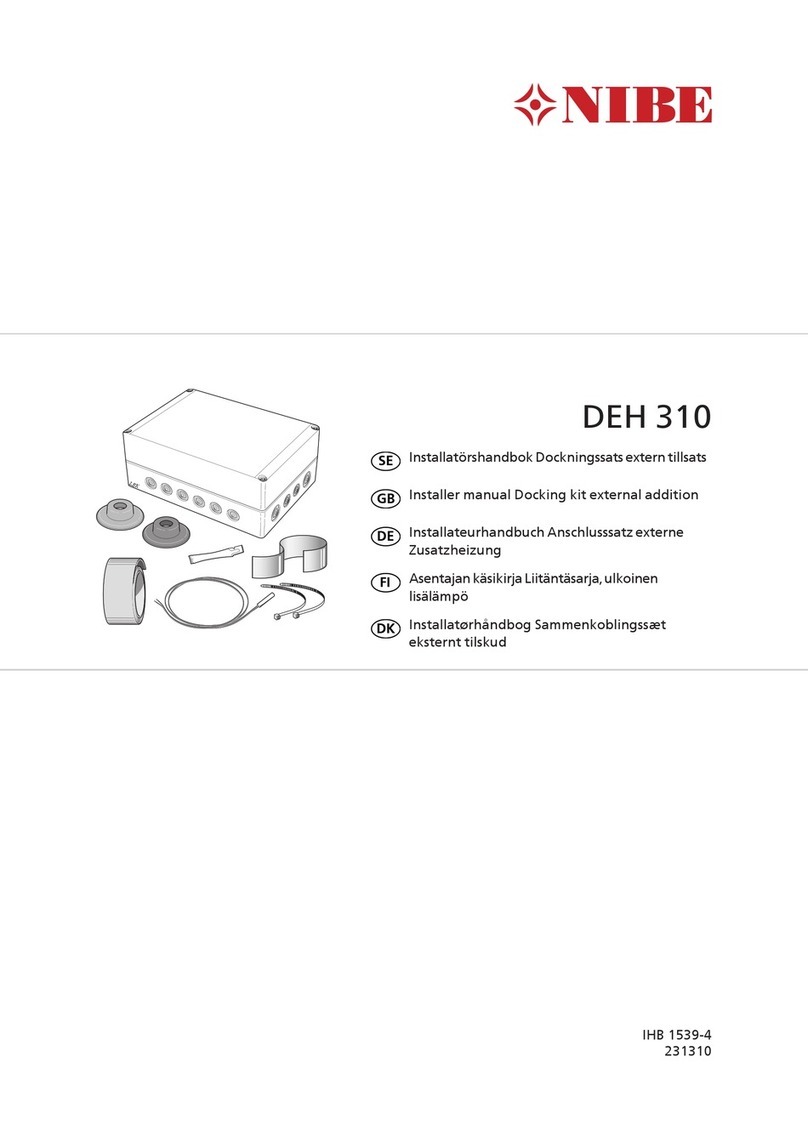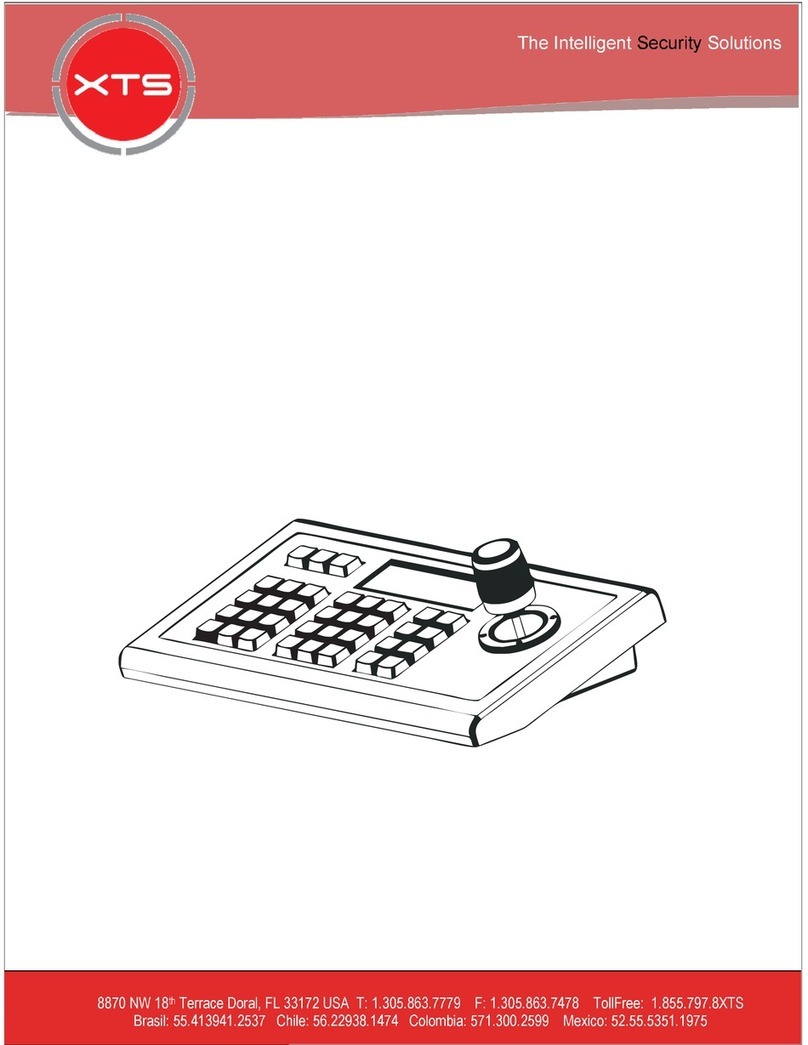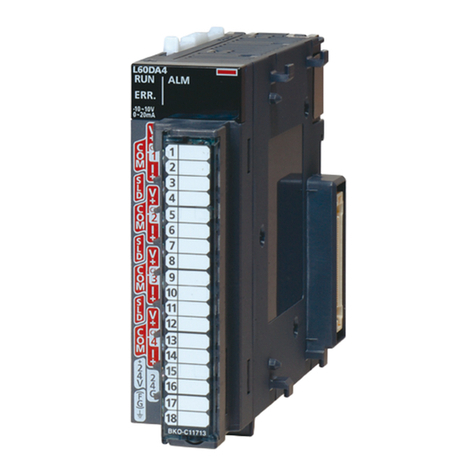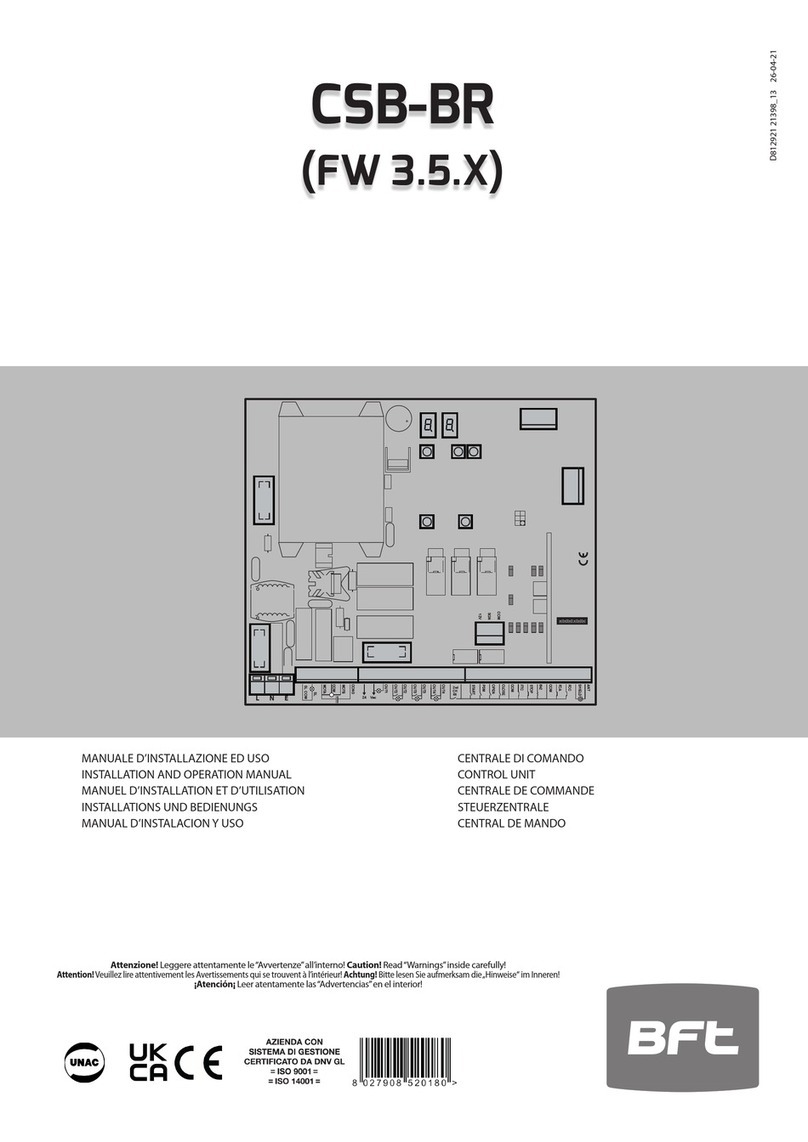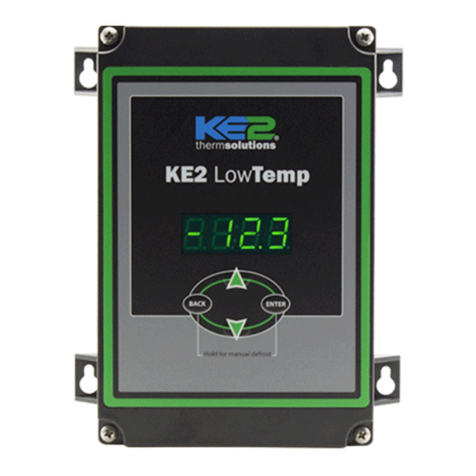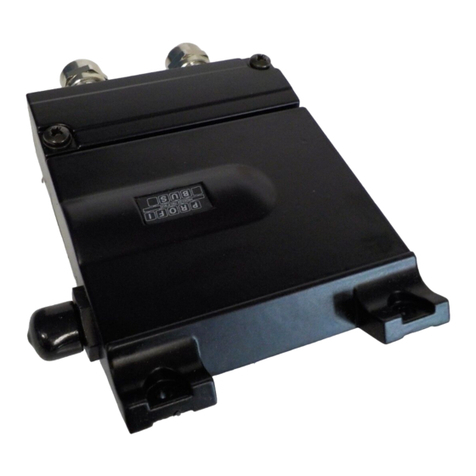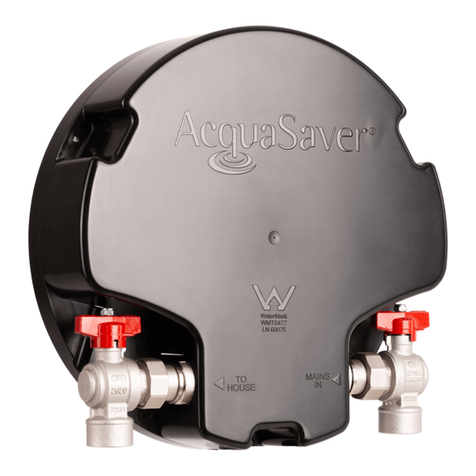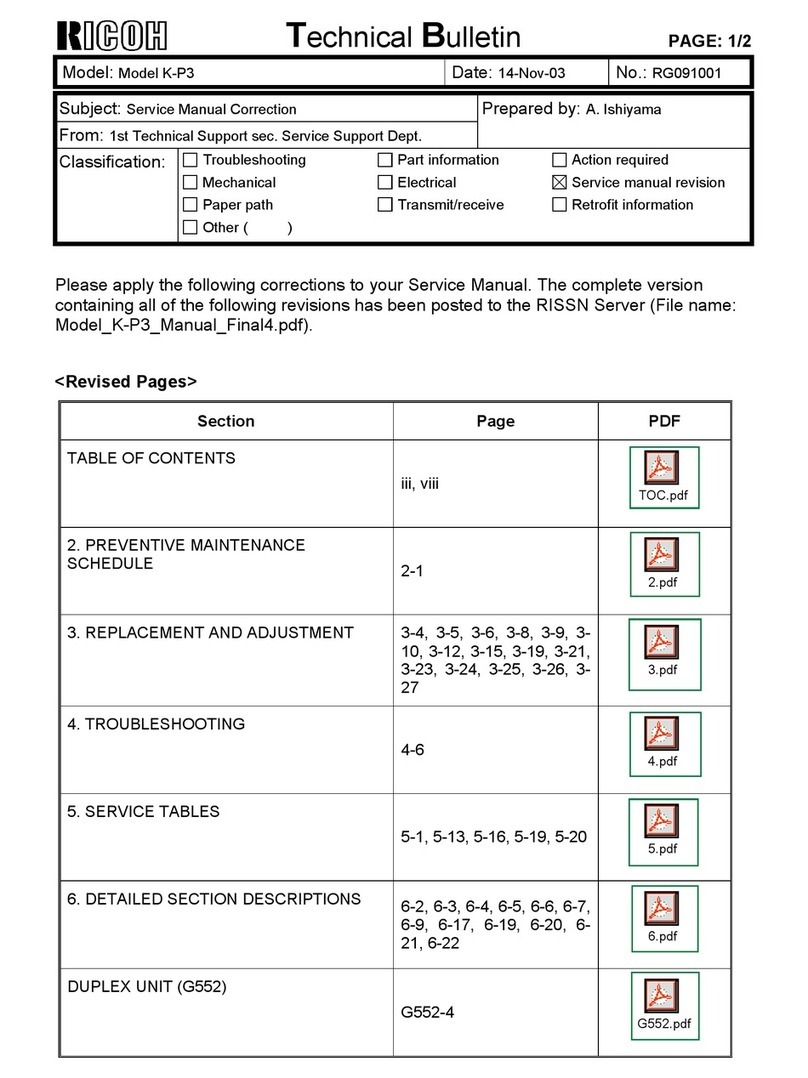High-Flying HF-LPT270 User manual

HF-LPX70 SeriesWi-Fi&BLE User Manual
HF-LPT270
Wi-Fi +BLE Module
User Manual
V1.4
Overview of Characteristic
Support Wi-FiIEEE802.11b/g/n andBLE5.0Wireless Standards
Based onRISC SOC, 160MHz CPU, 276KBRAM,2MBFlash
Support UARTData Communication with Wi-FiorBLE
SupportWi-Fi STA/AP Mode
SupportBLESmartBLELink Config
SupportWi-FiAPSmartAPLinkand Sniffer SmartLinkV8 Config
Support Wireless and Remote Firmware Upgrade Function
Support Software SDK for Develop
Support Different Antenna Option
HF-LPT270:Internal PCB
Single +3.3V Power Supply for HF-LPT270,HF-LPT170, HF-LPT271, HF-LPB170
Size:
HF-LPT270:22.5mm x 13.5mm x 3mm, SMT18 package
Shanghai High-Flying Electronics Technology Co., Ltd(www.hi-flying.com)- 1 -

HF-LPX70 SeriesWi-Fi&BLE User Manual
TABLE OF CONTENTS
LIST OF FIGURES...................................................................................................................................3
LIST OF TABLES ....................................................................................................................................4
HISTORY..................................................................................................................................................4
1. PRODUCT OVERVIEW ................................................................................................................5
1.1. General Description.................................................................................................................5
1.1.1 Key Application...................................................................................................................6
1.1.2 Device Paremeters.............................................................................................................6
1.2. Hardware Introduction.............................................................................................................7
1.2.1. HF-LPT270 Pins Definition.................................................................................................8
1.2.2. Electrical Characteristics ..................................................................................................10
1.2.3. HF-LPT270 Mechanical Size............................................................................................11
1.2.4. On-board Chip Antenna....................................................................................................12
1.2.5. External Antenna..............................................................................................................12
1.2.6. Evaluation Kit....................................................................................................................13
1.2.7. Order Information..............................................................................................................15
1.2.8. Hardware Typical Application...........................................................................................16
APPENDIX D: CONTACT INFORMATION......................................................................................17
Shanghai High-Flying Electronics Technology Co., Ltd(www.hi-flying.com)- 2 -
OEM/Integrators Installation Manual.................................................................................................. 18

HF-LPX70 SeriesWi-Fi&BLE User Manual
LIST OF FIGURES
Figure 1. Block Diagram........................................................................................................................5
Figure 2. HF-LPT270-1 Appearance.....................................................................................................7
Figure 3. HF-LPT270-0 Appearance.....................................................................................................7
Figure 4. HF-LPT270 Pins Map.............................................................................................................8
Figure 5. HF-LPT270-2 Antenna PAD Out............................................................................................9
Figure 6. HF-LPT270 Mechanical Dimension......................................................................................11
Figure 7. Suggested Module Placement Region.................................................................................12
Figure 8. 1st IPEX Connector...............................................................................................................13
Figure 9. HF-LPX70 EVK Type One....................................................................................................14
Figure 10. HF-LPX70 EVK Type Two................................................................................................14
Figure 11. HF-LPT270 Order Information..........................................................................................15
Figure 12. HF-LPT270 Hardware Typical Application .......................................................................16
Shanghai High-Flying Electronics Technology Co., Ltd(www.hi-flying.com)- 3 -

HF-LPX70 SeriesWi-Fi&BLE User Manual
LIST OF TABLES
Table1. HF-LPT270 Module Technical Specifications........................................................................7
Table2. HF-LPT270 Pins Definition.....................................................................................................9
Table3. Absolute Maximum Ratings:.................................................................................................11
Table4. External Antenna Parameters..............................................................................................14
Table5. Evaluation Kit Interface Description .....................................................................................15
Shanghai High-Flying Electronics Technology Co., Ltd(www.hi-flying.com)- 4 -

HF-LPX70 SeriesWi-Fi&BLE User Manual
HISTORY
Ed.V1.006-09-2020 FirstVersion.
Ed.V1.106-10-2020 Updatesomeerror description
Ed.V1.207-16-2020 Update 1MB and 2MB softwaredifference.
Ed.V1.308-24-2020 Add HF-LPT270 HF-LPT170, HF-LPB170, HF-
LPB175 type.Ed.V1.409-16-2020 Delete 1MB version, and Add
HF-LPT271 type.
Shanghai High-Flying Electronics Technology Co., Ltd(www.hi-flying.com)- 5 -

HF-LPX70 SeriesWi-Fi&BLE User Manual
1.1.1 Key Application
Remote equipment monitoring
Asset tracking and telemetry
Security
Industrial sensors and controls
Home automation
Medical devices
1.1.2Device Paremeters
Table1. HF-LPT270Module Technical Specifications
Class
Item
Parameters
Wi-Fi
Parameters
Wireless standard IEEE 802.11 b/g/n
Frequency range
2.412GHz-2.472GHz
Transmit Power 802.11b: +18dBm ± 2dBm (@11Mbps)
802.11g: +19dBm ± 2dBm (@54Mbps)
802.11n: +19dBm ± 2dBm (@HT20, MCS7)
Receiver Sensitivity
802.11b: -98dBm (@1Mbps)
802.11b: -91dBm (@11Mbps)
802.11g: -93dBm (@6Mbps)
802.11g: -77dBm (@54Mbps)
802.11n: -93dBm (@MCS0)
802.11n: -73dBm (@MCS7)
BLE
Parameters
Wireless standard BLE5.0
Frequency range
2.402GHz-2.480GHz
Transmit Power
Max 15dBm
ReceiverSensitivity
-90dBm
Hardware
Parameters
Antenna Option
HF-LPT270:
Internal: PCB antenna
HF-LPT170:
Internal:PCB antenna
HF-LPT271:
Internal:PCB antenna
HF-LPB170:
Internal:PCB antenna
External: 1stIPEX antenna
HF-LPB175:
Internal: PCB antenna
External: 1
st
IPEX antenna
Data Interface
UART
GPIO,SPI,PWM, ADC
Operating Voltage
2.7~3.6V
Operating Current
Peak (1msforevery100ms): <350mA
Average(STA, No data): 45mA
Average(STA, Continuous TX): 60mA
Average(AP): 70mA
Standby:200uA(ResetPinsettolow)
Operating Temp.
-40
℃
- 85
℃
Shanghai High-Flying Electronics Technology Co., Ltd(www.hi-flying.com)- 6-
1.1. General Description

HF-LPX70 SeriesWi-Fi&BLE User Manual
StorageTemp.
-40
℃
- 125
℃
Humidity
<85%
MSL
Level 3
Dimensions and Size
HF-LPT270
:
22.5mm x 13.5mm x 3mm
HF-LPT170:
22mmx15.6mmx8mm
HF-LPT271:
24mmx16mmx 3mm
HF-LPB170:
23.1mm x 32.8mm x 3.5mm
HF-LPB175:
41.3mm x 24.1mm x 6mm
Software
Parameters
Network Type
STA/AP
Security Mechanisms
WEP/WPA-PSK/WPA2-PSK
Encryption
WEP64/WEP128/TKIP/AES
Update Firmware
Local Wireless, Remote OTA
Customization
Support SDK for application develop
Network Protocol
IPv4, TCP/UDP/HTTP/TLS(SDK)
User Configuration
AT+instruction set.
SmartBLELink BLE Config
SmartAPLinkAPConfig
SmartLink Config
1.2. Hardware Introduction
HF-LPT270 Wi-Fi module appearance is as following.
Figure 2. HF-LPT270-1Appearance
Shanghai High-Flying Electronics Technology Co., Ltd(www.hi-flying.com)- 7-

HF-LPX70 SeriesWi-Fi&BLE User Manual
1.2.1. HF-LPT270 Pins Definition
Figure 3.HF-LPT270 Pins Map
Table2. HF-LPT270 Pins Definition
Pin
Describtion
Net Name
Signal
Type
Comments
1
UART1_TX
DEBUG_UART1_TX
O
3.3V TTL UART1 Debug Output
GPIO17
2 UART1_RX
DEBUG_UART1_RX
I
3.3V
TTL UART1 Debug Input
GPIO11
3
GPIO12
GPIO12
I/O
GPIO12
4
GPIO14
GPIO14
I/O
GPIO14
5
UART0
UART0_TX
O,PU
3.3V TTL UART0 Communication Output
GPIO16
6 UART0 UART0_RX I
3.3V
TTL UART0 Communication Input
GPIO7
7
GPIO8
I/O
BootSelect, default low,leaveitunconnected.
L
ow: boot from flash.
High: boot from UART.
8
NC
9 NC
10
Module Reset RESET I,PU
“Low” effective reset input. There is RC
reset circuit internal
ly. Noneedof external
RC reset circuit.
11
Module Boot
Up Indicator
nReady
O
“0” – Boot-up OK;
“1”
– Boot-up Fail;
GPIO4, PWM2
12
Multi-Function nReload I,PU
Detailed functions see <Notes>
GPIO3, PWM3
Shanghai High-Flying Electronics Technology Co., Ltd(www.hi-flying.com)- 8-

HF-LPX70 SeriesWi-Fi&BLE User Manual
Pin
Describtion
Net Name
Signal
Type
Comments
13
Wi-Fi Status
nLink
O
“0” – Wi-Fi connect to router
“1”
– Wi-Fi unconncted;
Detailed functions see <Notes>
GPIO5
14
NC
15
+3.3V Power
VDD
Power
16
Ground GND Power
17
ANT Signal
Only
-0 and-2 have these two pins
A
ntenna Pad Out. See following for detailed.
18
Ground
GND
Power
-0 use external IPEX antenna, PIN17 is useless.
-2 use antenna PAD out, there is two pins can be used, recommend to use PIN17.
Figure 4.HF-LPT270-2 Antenna PAD Out
<Notes>
I— Input;O— Output
PU—InternalResistor Pull Up;I/O: Digital I/O;Power—Power Supply
nReload Pin (Button) function:
1. When this pin is set to “low” during module boot up, the module will enter wireless
firmware and config upgrade mode. This mode is used for customer manufacture.
See Appendix to download software tools for customer batch configuration and
upgrade firmware during mass production.
2. After module is powered up, short press this button (0.2s<“Low” <1.5s) and loose to
make the module go into SmartBLELinkconfig mode, waiting for APP to set
routerSSIDandpassword, config module connect to router. Recommend to use
SmartBleLink BLE method config, may use AT+SMARTCONFIG to choose other
config mode(SmartLink V8 and SmartAPLink).
See Appendix to download SmartBLELink, SmartLinkV8andSmartAPLinkAPP
3. After module is powered up, long press this button ( “Low” >4s ) and loose to make
the module recover to factory setting.
High-Flying strongly suggest customer fan out this pin to connector or button for
“Manufacture” upgrade or “SmartLink” application.
Shanghai High-Flying Electronics Technology Co., Ltd(www.hi-flying.com)- 9-

HF-LPX70 SeriesWi-Fi&BLE User Manual
nReady Pin (LED) function(Low effective):
1. OS initial finished indicator. Only after this pin output low, can the UART function be
used.
nLink Pin (LED) function(Low effective):
1. At wireless firmware and config upgrade mode , this LED used to indicate configure
and upgrade status.
2. At “SmartLink” config mode, this LED isused to indicate APP to finish setting.
3. At normal mode, it’s Wi-Fi link status indicator.Output Low when STA mode connect
to router AP or other STA connect to it when in AP mode.
High-Flying strongly suggest customer fan out this pin to LED.
UART1 Debug :
1. Is used for debug log or firmware program, baud rate 921600.
1.2.2. Electrical Characteristics
Table3. Absolute Maximum Ratings:
Parameter
Condition
Min.
Typ.
Max.
Unit
Work temperature range
-40
85
°C
Maximum soldering temperature
IPC/JEDEC J-STD-020
260
°C
ESD (Human Body ModelHBM)
TAMB=25°C
2.5
KV
ESD (MM)
TAMB=25°C
0.25
KV
Shanghai High-Flying Electronics Technology Co., Ltd(www.hi-flying.com)- 10-

HF-LPX70 SeriesWi-Fi&BLE User Manual
1.2.4. On-board Chip Antenna
HF modules support internal on-board chip antenna option. When customer select internal antenna,
you shall comply with following antenna design rules and module location suggestions:
For customer PCB, module antenna area can’t put componet or paste GND net;(See the
following red arrow area)
Antenna must away from metal or high components at least 10mm;
Antenna can’t be shieldedby any meal enclosure; All cover, include plastic, shall away from
antenna at least 10mm;
High-Flying suggest module better locate in following region at customer board, which to reduce the
effect to antenna and wireless signal, and better consult High-Flying technical people when you
structure your module placement and PCB layout.
Figure 6.Suggested Module Placement Region
1.2.5. External Antenna
HF-LPT270 module supports external antenna(IPEX) option for user dedicated application.
If user select external antenna,HF-LPT270 Wi-Fi modules must be connected to the 2.4G antenna
according to IEEE 802.11b/g/n standards.We can provide external antenna if needed. Contact with
our salesman.
Shanghai High-Flying Electronics Technology Co., Ltd(www.hi-flying.com)- 12-

HF-LPX70 SeriesWi-Fi&BLE User Manual
Figure 7.1st IPEX Connector
The antenna parameters required as follows:
Table4. External Antenna Parameters
Item
Parameters
Frequency range 2.4~2.5GHz
Impedance
50 Ohm
VSWR
2 (Max)
Return Loss
-10dB (Max)
Connector Type
IPEX or populate directly
1.2.6. Evaluation Kit
High-Flying provides the EVK to promote user to familiar the product and develop the detailed
application. The evaluation kit shown as below, user can connect to module with the RS-232 UART,
USB (Internal USB to UARTconvetor) or Wireless interface to configure the parameters, manage the
module or do the some functional tests.
Shanghai High-Flying Electronics Technology Co., Ltd(www.hi-flying.com)- 13-

HF-LPX70 SeriesWi-Fi&BLE User Manual
Figure 8.HF-LPX70 EVKTypeOne
Figure 9.HF-LPX70 EVKTypeTwo
Notes: User need download USB to UART port driver from High-Flying web or contact with technical
support people for more detail.
The external interface description for evaluation kit as follows:
Table5. Evaluation Kit Interface Description
Functi
on
Name Description
Extern
RS23 Main data/command RS-232
Shanghai High-Flying Electronics Technology Co., Ltd(www.hi-flying.com)- 14-

HF-LPX70 SeriesWi-Fi&BLE User Manual
1.2.7. Order Information
Base on customer detailed requirement, HF-LPT270 modules provide different variants and physical
type for detailed application.
Figure 10.HF-LPT270 Order Information
al
Interfa
ce
2
interface,thisinterfacemaximumbaudrateis460800.CannotbeusedfordebugUAR
Tlog(Itneed921600)
USB
USB to UART interface,canbeusedfordebugUARTlog
DC5V DC jack for power in, 5~9V input.
LED
Power
Power LED
Ready
nReady LED
Link nLink LED
Button
nRelo
ad
Smartlinkand Restore factory default configuration.
SeemoreforPINDefinition
Shanghai High-Flying Electronics Technology Co., Ltd(www.hi-flying.com)- 15-

HF-LPX70 SeriesWi-Fi&BLE User Manual
1.2.8. Hardware Typical Application
Figure 11.HF-LPT270 Hardware Typical Application
Notes:
nReset- Module hardware reset signal. Input. Logics “0” effective.
There is pull-up resister internal and no external pull-up required. When module power up or some
issue happened, MCU need assert nRST signal “0” at least 10ms, then set” 1” to keep module fully
reset.
nLink- Module WIFI connection status indication. Output.
(This pin is recommend to connect to LED, indicate status when the module in wireless
upgrade mode)
When module connects to AP (AP associated), this pin will output “0”. This signal used to judge if
module already at WiFi connection status. Thers is pull-up resister internal and no external pull-up
required. IfnLink function not required, can leave this pin open.
nReady- Module boot up ready signal. Output. Logics “0” effective.
The module will output “0” after normal boot up. This signal used to judge if module finish boot up and
ready for application or working at normal mode. If nReady function not required, can leave this pin
open.
nReload- Module restore to factory default configuration.Input. Logics “0” effective.
(This pin is recommend to connect to button, is used to enter wireless upgrade mode)
User can de-assert nReload signal “0” more than 4s through button or MCU pin, then release, module
will restore to factory default configuration and re-start boot up process.. If nReload function not
required, can leave this pin open.
UART0_TXD/RXD- UART port data transmit and receive signal.
Shanghai High-Flying Electronics Technology Co., Ltd(www.hi-flying.com)- 16-

HF-LPX70 SeriesWi-Fi&BLE User Manual
APPENDIX D:CONTACT INFORMATION
------------------------------------------------------------------------------------------------------------
Address:Room 1002,Building 1,No.3000,Longdong Avenue,Pudong New
Area,Shanghai,China,201203
Web:www.hi-flying.com
Service Online:400-189-3108/18616078755
Sales Contact: sales@hi-flying.com
-----------------------------------------------------------------------------------------------------------
For more information about High-Flying modules, applications, and solutions, please visit our web site
http://www.hi-flying.com/en/
© Copyright High-Flying, May, 2011
The information disclosed herein is proprietary to High-Flying and is not to be used by or disclosed to
unauthorized persons without the written consent of High-Flying. The recipient of this document shall respect the
security status of the information.
The master of this document is stored on an electronic database and is “write-protected” and may be altered only
by authorized persons at High-Flying. Viewing of the master document electronically on electronic database
ensures access to the current issue. Any other copies must be regarded as uncontrolled copies.
Shanghai High-Flying Electronics Technology Co., Ltd(www.hi-flying.com)- 17-

OEM/Integrators Installation Manual
1. List of applicable FCC rules
This module has been tested and found to comply with part 15.247 requirements for Modular
Approval.
2. Summarize the specific operational use conditions
This module can be used in IoT devices. The input voltage to the module should be nominally 3.3VDC and the
ambient temperature of the module should not exceed 85℃. HF-LPT270 has one PCB antenna with max
antenna gain 2.0dBi. If the antenna needs to be changed, the certification should be re-applied.
3. Limited module procedures
NA
4. Trace antenna designs
NA
5. RF exposure considerations
This equipment complies with FCC radiation exposure limits set forth for an uncontrolled environment .This
equipment should be installed and operated with minimum distance 20cm between the radiator& your body. If the
device built into a host as a portable usage, the additional RF exposure evaluation may be required as specified by§
2.1093.
6. Antennas
Antenna type:
PCB antenna
2.4GHz band
Peak Gain:
2.0dBi
7. Label and compliance information
When the module is installed in the host device, the FCC ID label must be visible through a window on the final device or
it must be visible when an access panel, door or cover is easily re-moved. If not, a second label must be placed on the
outside of the final device that contains the following text: “Contains FCC ID: 2ACSVHF-LPT270” The FCC ID can be used
only when all FCC ID compliance requirements are met.
8. Information on test modes and additional testing
requirements
a) The modular transmitter has been fully tested by the module grantee on the required number of channels,
modulation types, and modes, it should not be necessary for the host installer to re-test all the available
transmitter modes or settings. It is recommended that the host product manufacturer, installing the modular
transmitter,perform some investigative measurements to confirm that the resulting composite system does
not exceed the spurious emissions limits or band edge limits (e.g., where a different antenna may be causing
additional emissions).
b) The testing should check for emissions that may occur due to the intermixing of emissions with the other
transmitters, digital circuitry, or due to physical properties of the host product (enclosure). This investigation is
especially important when integrating multiple modular transmitters where the certification is based on testing
each of them in a stand-alone configuration. It is important to note that host product manufacturers should not
assume that because the modular transmitter is certified that they do not
have any responsibility for final product compliance.
c) If the investigation indicates a compliance concern the host product manufacturer is obligated to mitigate the
issue. Host products using a modular transmitter are subject to all the applicable individual technical rules as well
as to the general conditions of operation in Sections 15.5, 15.15, and 15.29 to not cause interference. The
operator of the host product will be obligated to stop operating the device until the interference have been
corrected , WIFI and Bluetooth testing using QRCT in FTM mode.

9. Additional testing, Part 15 Subpart B disclaimer
The final host / module combination need to be evaluated against the FCC Part 15B criteria for
unintentional radiators in order to be properly authorized for operation as a Part 15 digital device.
The host integrator installing this module into their product must ensure that the final composite product
complies with the FCC requirements by a technical assessment or evaluation to the FCC rules, including the
transmitter operation and should refer to guidance in KDB 996369.
For host products with certified modular transmitter, the frequency range of investigation of the composite system
is specified by rule in Sections 15.33(a)(1) through (a)(3), or the range applicable to the digital device, as shown
in Section 15.33(b)(1), whichever is the higher frequency range of investigation
When testing the host product, all the transmitters must be operating.The transmitters can be enabled by
using publicly-available drivers and turned on, so the transmitters are active. In certain conditions it might be
appropriate to use a technology-specific call box (test set) where accessory devices or drivers are not available.
When testing for emissions from the unintentional radiator, the transmitter shall be placed in the receive mode or
idle mode, if possible. If receive mode only is not possible then, the radio shall be passive (preferred) and/or active
scanning. In these cases, this would need to enable activity on the communication BUS (i.e., PCIe, SDIO, USB) to
ensure the unintentional radiator circuitry is enabled. Testing laboratories may need to add attenuation or filters
depending on the signal strength of any active beacons (if applicable) from the enabled radio(s). See ANSI C63.4,
ANSI C63.10 and ANSI C63.26 for further general testing details.
The product under test is set into a link/association with a partnering WLAN device, as per the normal intended use
of the product. To ease testing, the product under test is set to transmit at a high duty cycle, such as by sending a
file or streaming some media content.
FCC Statement:
Any Changes or modifications not expressly approved by the party responsible for compliance could void the user’s
authority to operate the equipment.
This device complies with part 15 of the FCC Rules. Operation is subject to the following two conditions:
(1) This device may not cause harmful interference, and
(2) This device must accept any interference received, including interference that may cause undesired operation.
<END OF DOCUMENT>
Other manuals for HF-LPT270
1
This manual suits for next models
2
Table of contents
Other High-Flying Control Unit manuals
Popular Control Unit manuals by other brands
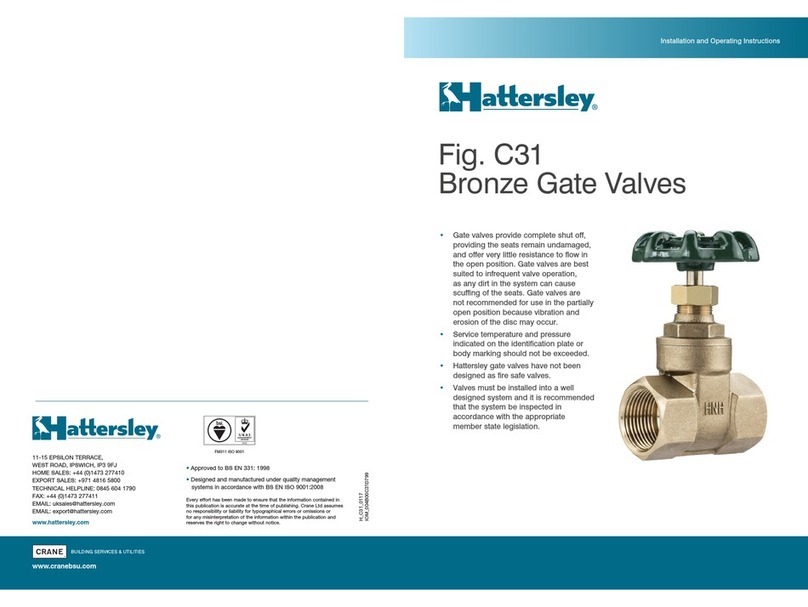
Hattersley
Hattersley C31 Installation and operating instructions
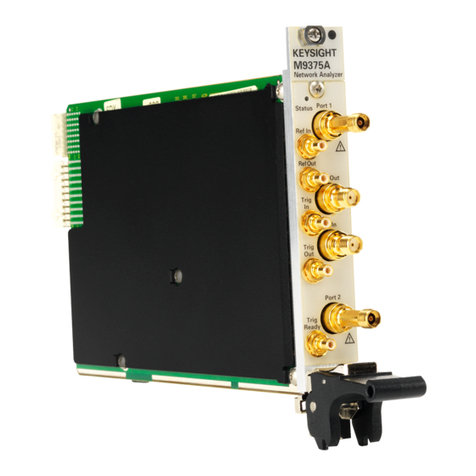
Keysight Technologies
Keysight Technologies M937A Series Demo guide

Ebyte
Ebyte E31-433T17S user manual
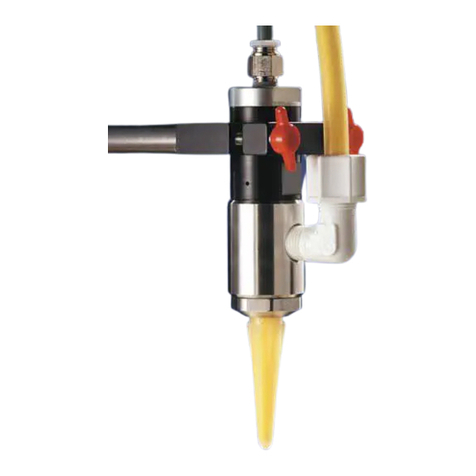
Nordson EFD
Nordson EFD 725HF-SS Maintenance & Parts Guide
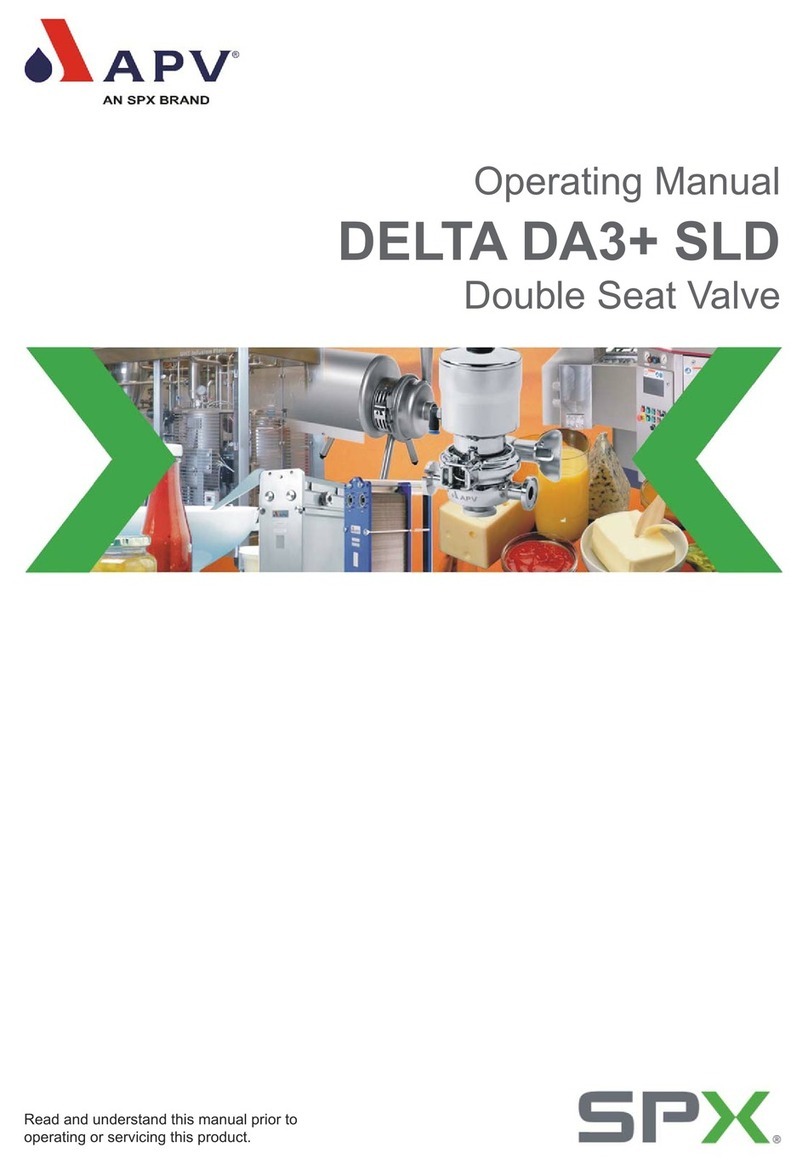
APV
APV DELTA DA3+ SLD operating manual

Siemens
Siemens SINAMICS CONNECT 500 operating instructions

